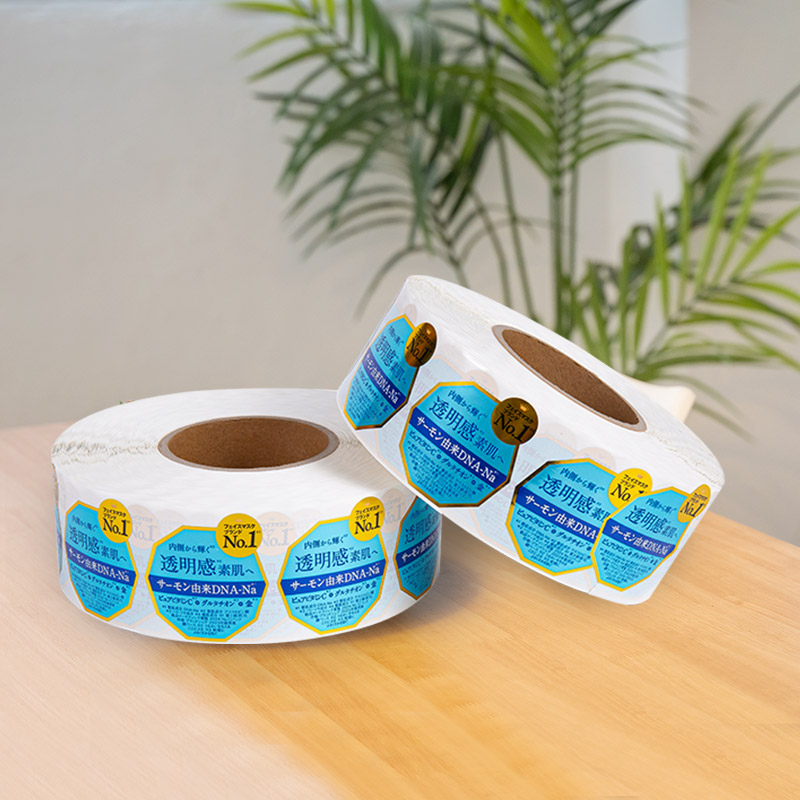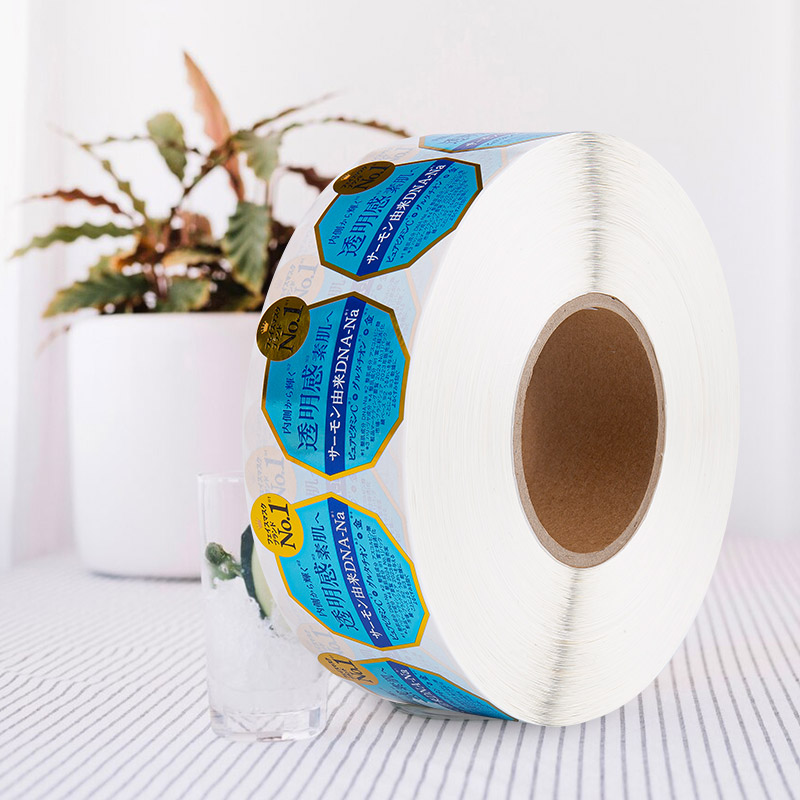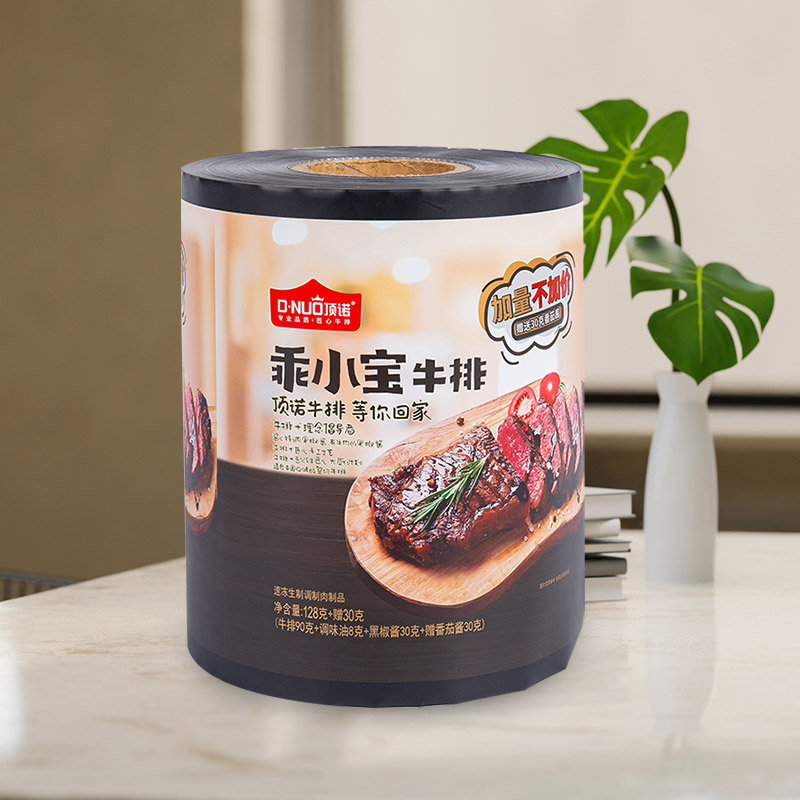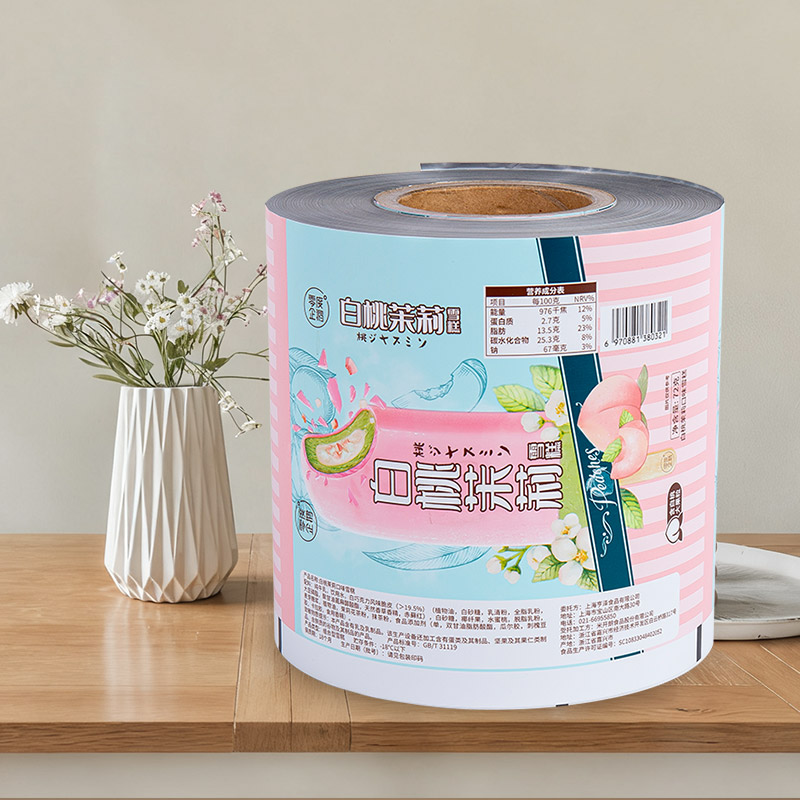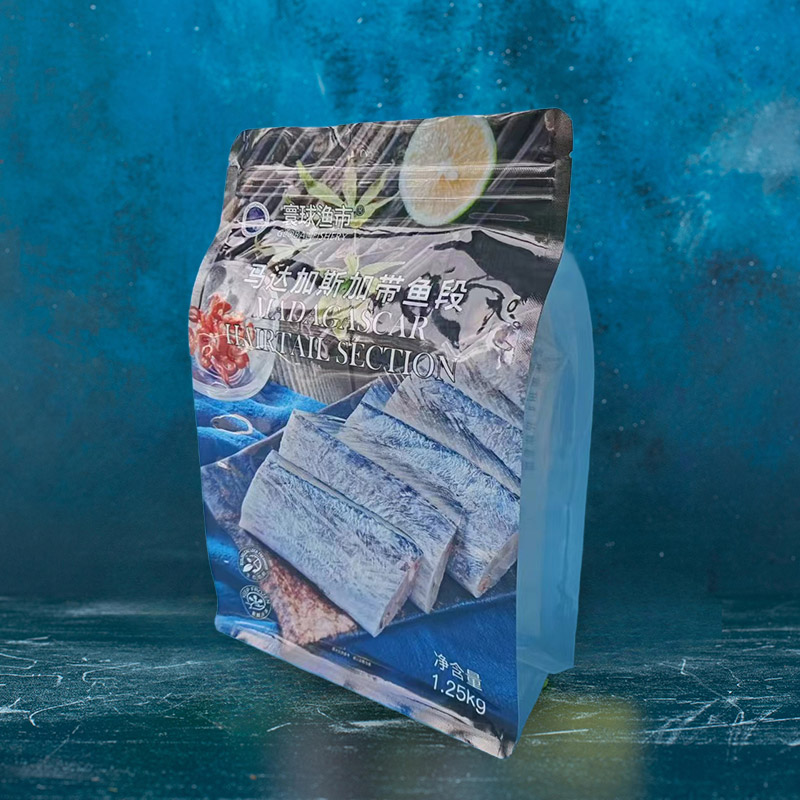The conventional structures of food packaging bags that can withstand cooking include PET/A1/PA/RCPP, PET/A1/RPP, PET/RCPP, PA/RCPP, PET/RCPE, PA/RCPE, etc. One of the important basic substrates is RCPP.
RCPP is typically made from PP and PE block copolymer resins and processed into RCPP films through multi-layer co-extrusion casting. One characteristic of this type of RCPP is that its thermal shrinkage rate under cooking treatment conditions is relatively small, generally below 1.5%.
Therefore, the thermal shrinkage rate of PET and PA substrate films used for processing steam-resistant packaging under cooking conditions should also be at the same or similar level as that of RCPP. Only in this way can the requirement that the packaging materials used for steaming and cooking still maintain a smooth appearance after steaming and cooking treatment be basically guaranteed.
At present, some flexible packaging enterprises use homopolymer grade CPP film as RCPP. Due to its relatively low price, it is showing an increasingly wide range of applications. The characteristics of this type of RCPP film are that its transparency is better than that of the block copolymer RCPP film, but its softness is not as good as that of the block copolymer RCPP film. In addition, the thermal shrinkage rate value under cooking treatment conditions is relatively large, and its barrier property against the contents is not as good as that of the block copolymer RCPP film.
The conventional structures of water-resistant packaging include PET/A/PA/PE, PET/AI/PE, PET/CPP, PET/PE, PA/CPP, PA/PE, OPP/VMPET/PE, etc. The basic requirement for the base material of water-resistant packaging is that the thermal shrinkage rate of each base material under water boiling conditions should be the same or similar. Three key indicators are: the tensile elastic modulus and tensile fracture stress of the composite film should be as small as possible, and the nominal fracture strain should be as large as possible.
Since the tensile elastic modulus and tensile fracture stress are significantly affected by the total thickness of the composite film, it is difficult to provide definite data. However, the nominal fracture strain index of the composite film should preferably be no less than 100%.
For water-resistant packaging, it is recommended to add the inspection item of "folding test" (refer to "Analysis Section of Method One - Folding Test").
If during the folding test, the composite film does not show obvious local delamination at the folded area, then the problem of local delamination at the sealing area generally will not occur during the water boiling treatment of the composite film.
Specific requirements for water-resistant and steam-resistant base materials in food packaging bags
Admin - 2021.09.25
Recommended Products

Recommended Articles
-
2025.12.18Sustainable and Recyclable Options in Bottom Thermoforming FilmIntroduction to Sustainable Bottom Thermoforming Film Bottom thermoforming film is widely used in packaging applications, including food, medical, and
-
2025.12.09How Coffee Packaging Bags Preserve Freshness and AromaUnderstanding Coffee Freshness and Aroma Coffee aroma and flavor are highly sensitive to environmental factors such as oxygen, moisture, light, and he
-
2025.12.03Spout Pouch vs Traditional Bottles: Key Benefits and DifferencesOverview of Spout Pouches and Traditional Bottles Spout pouches and traditional bottles are both common packaging formats for liquids, but they differ

 EN
EN
 English
English 日本語
日本語 Español
Español Deutsch
Deutsch عربى
عربى


